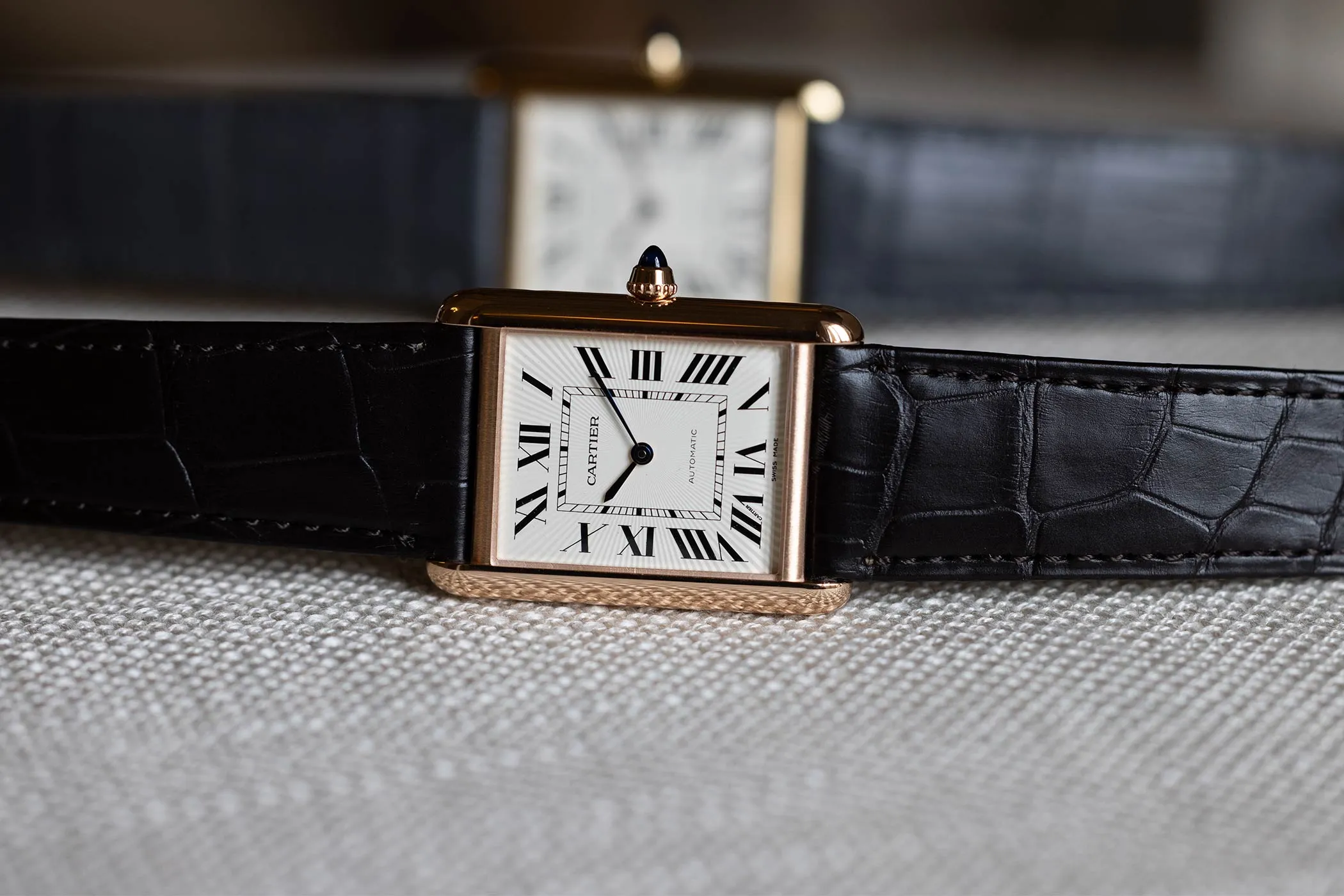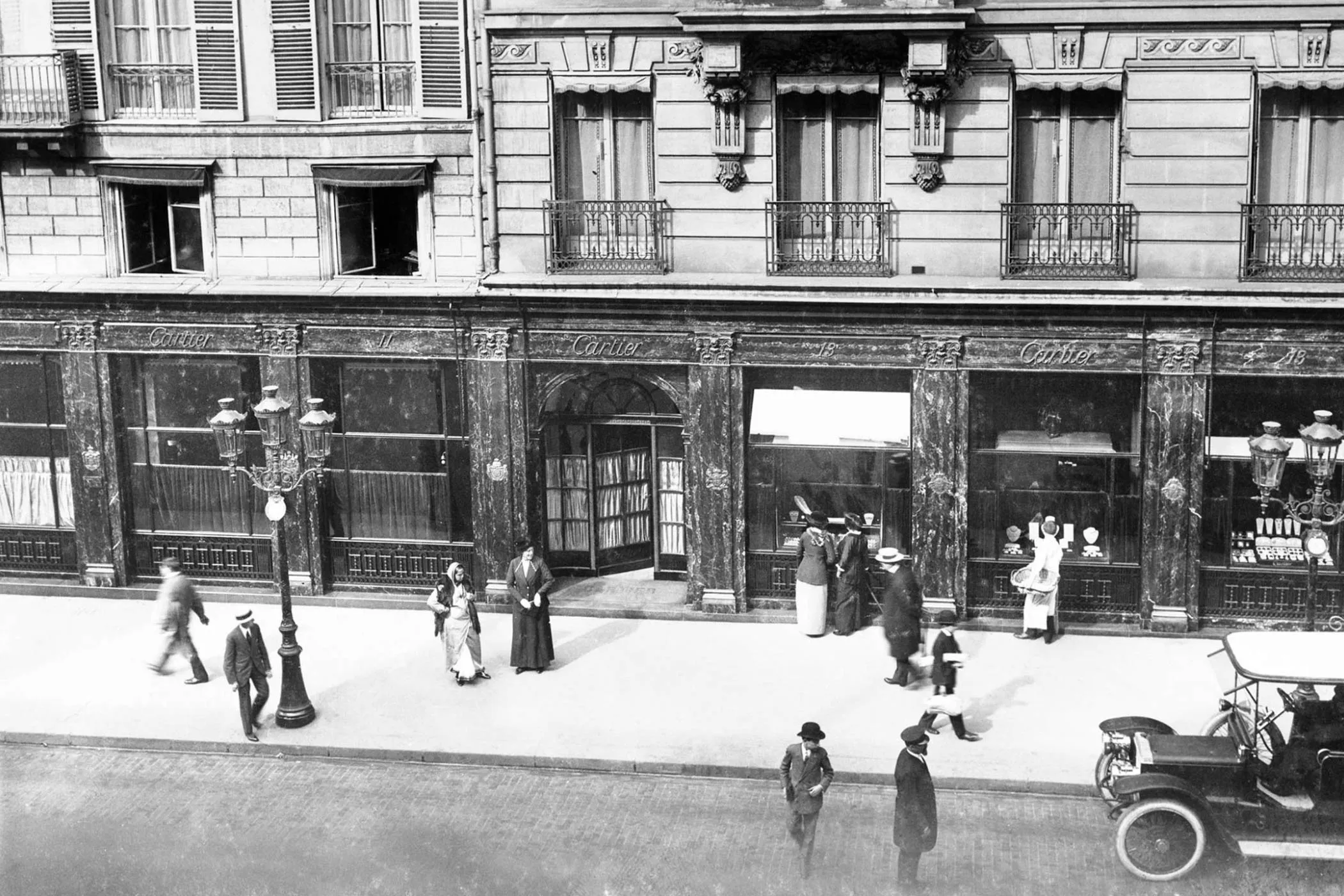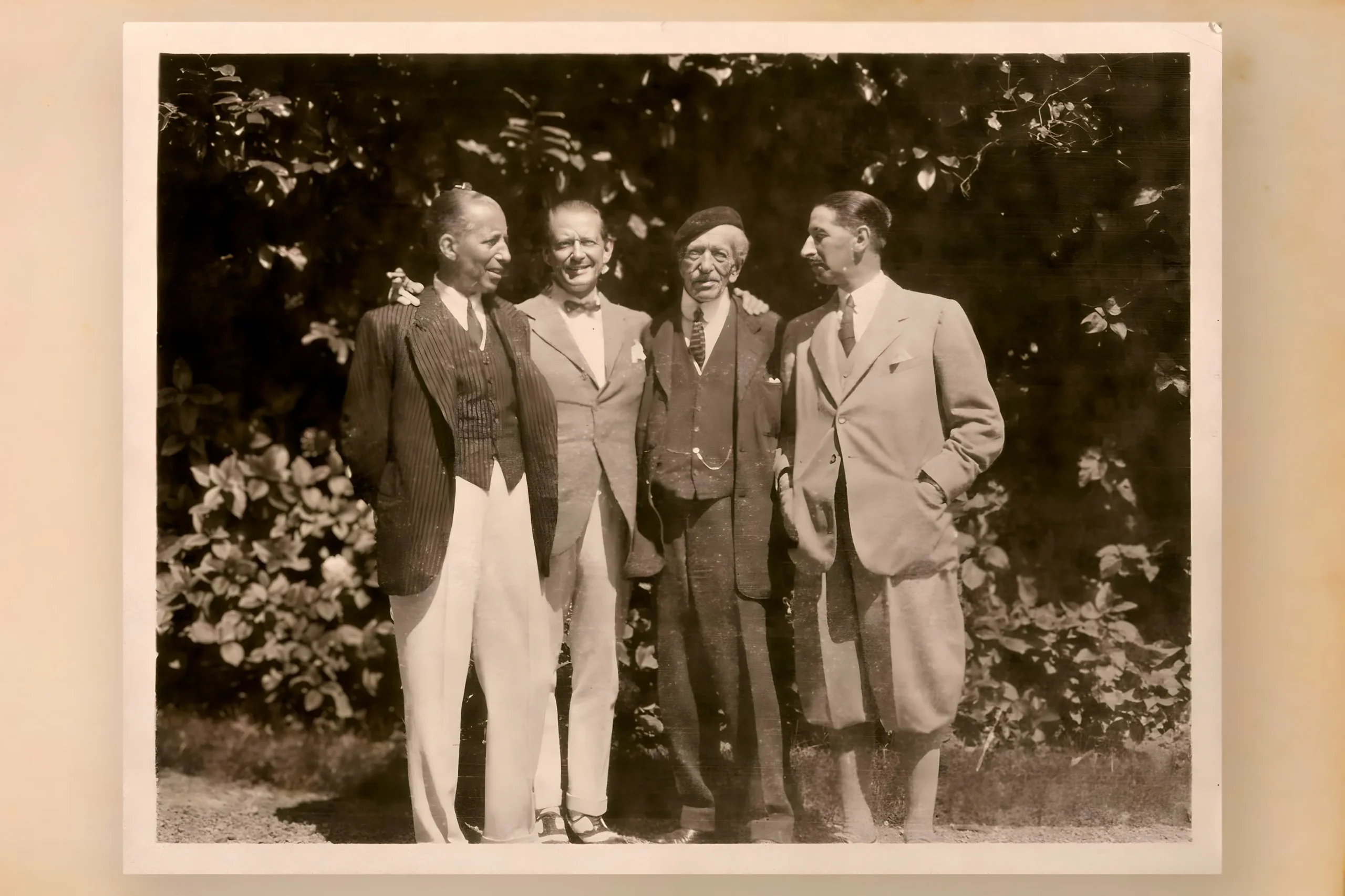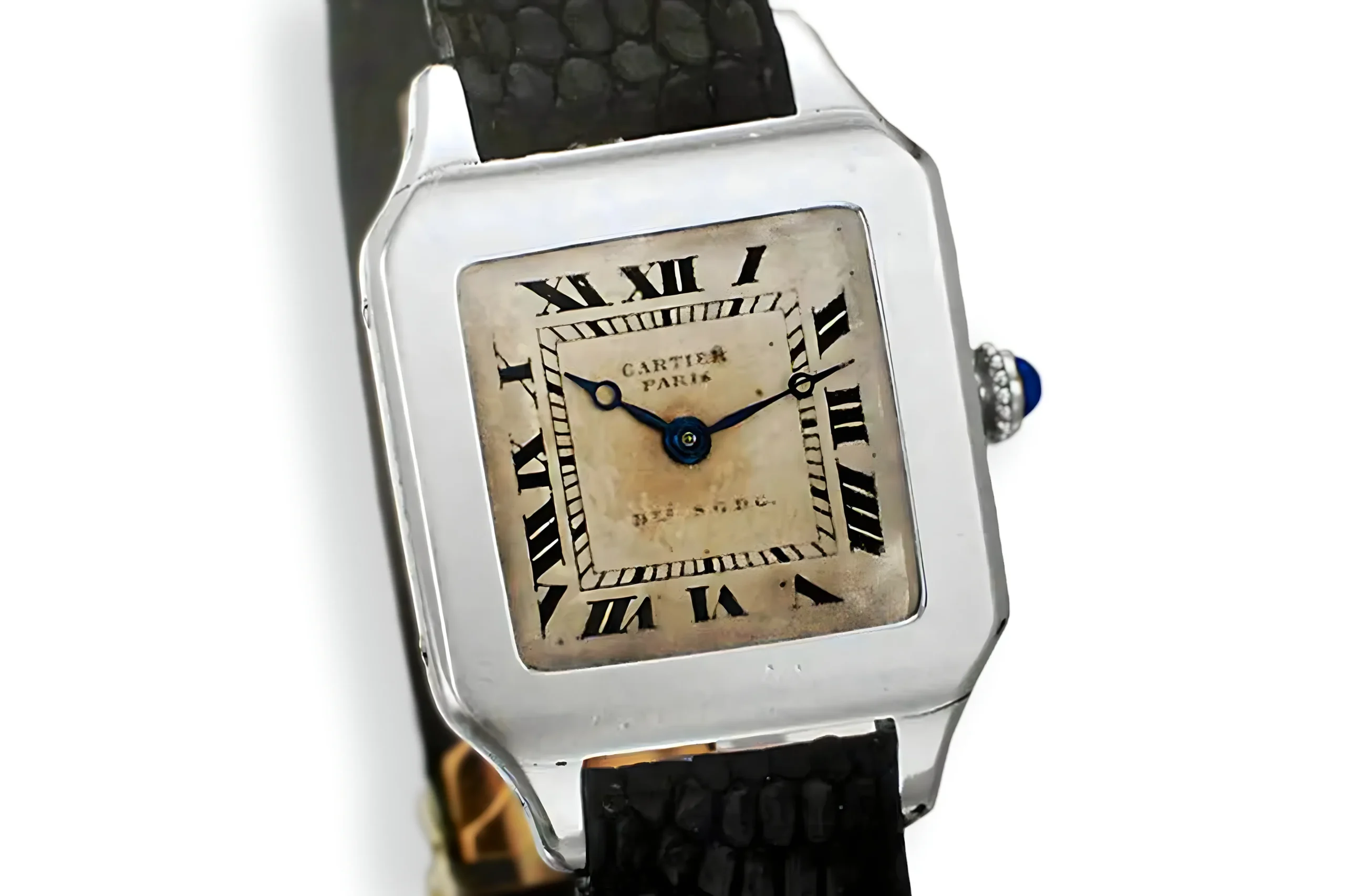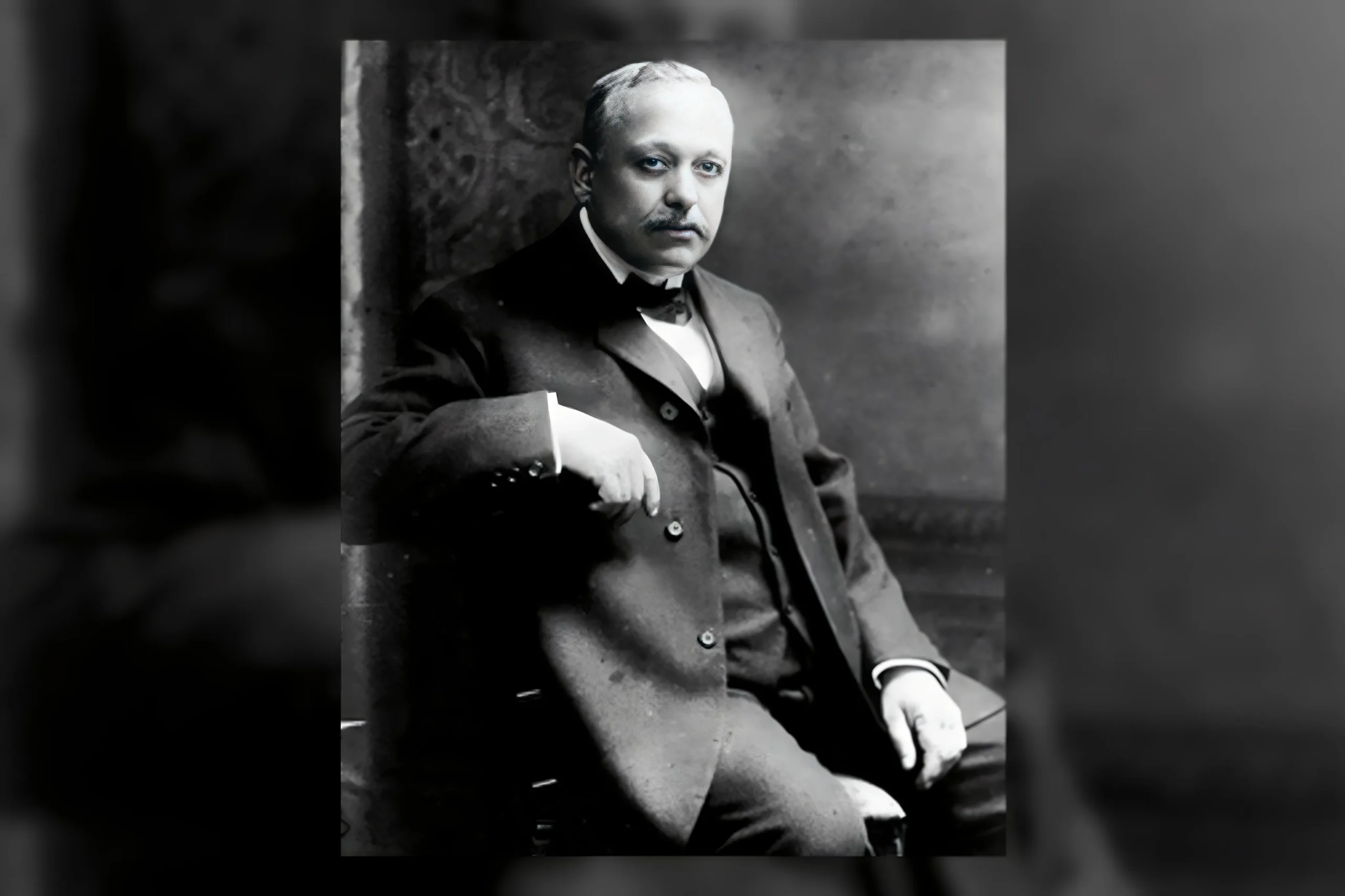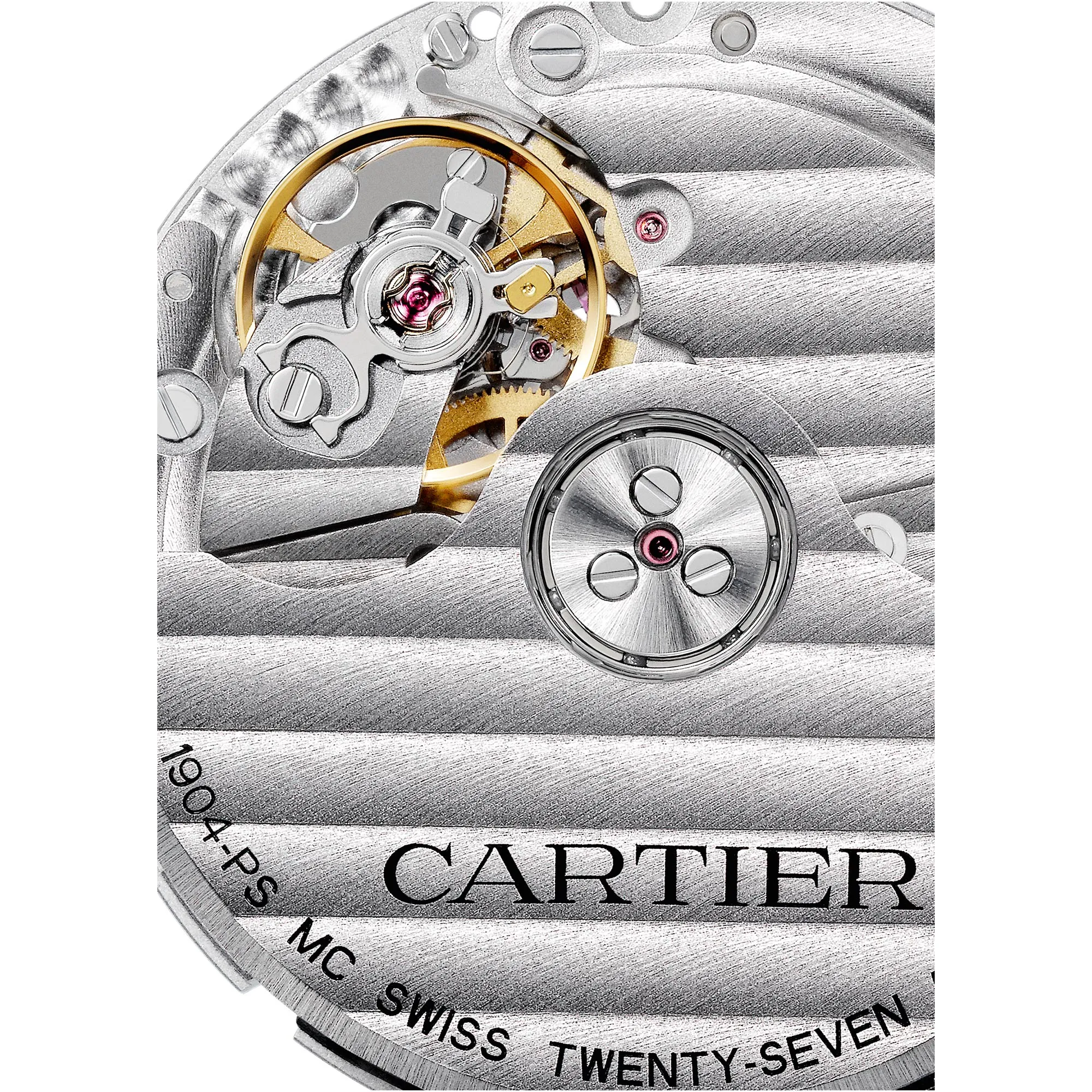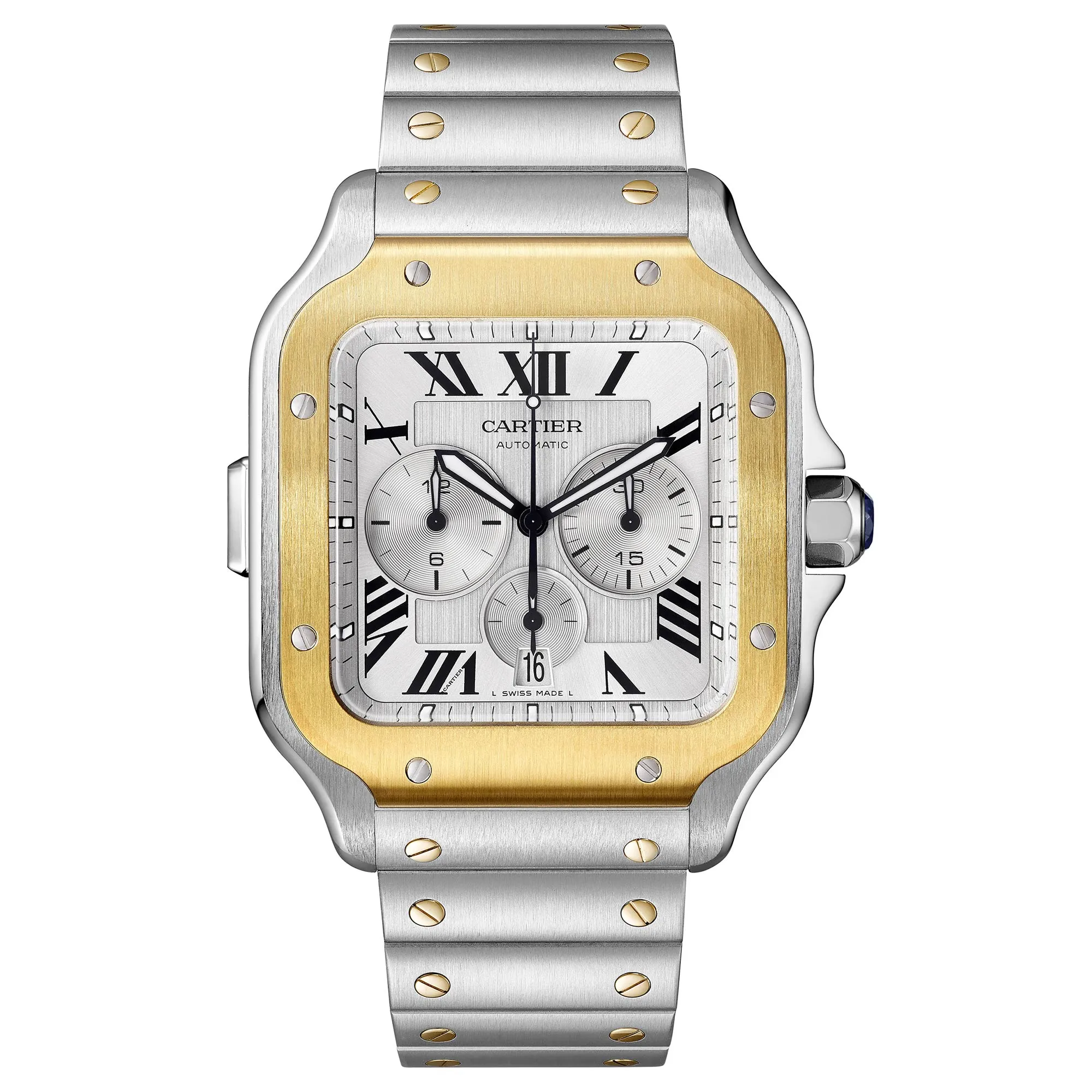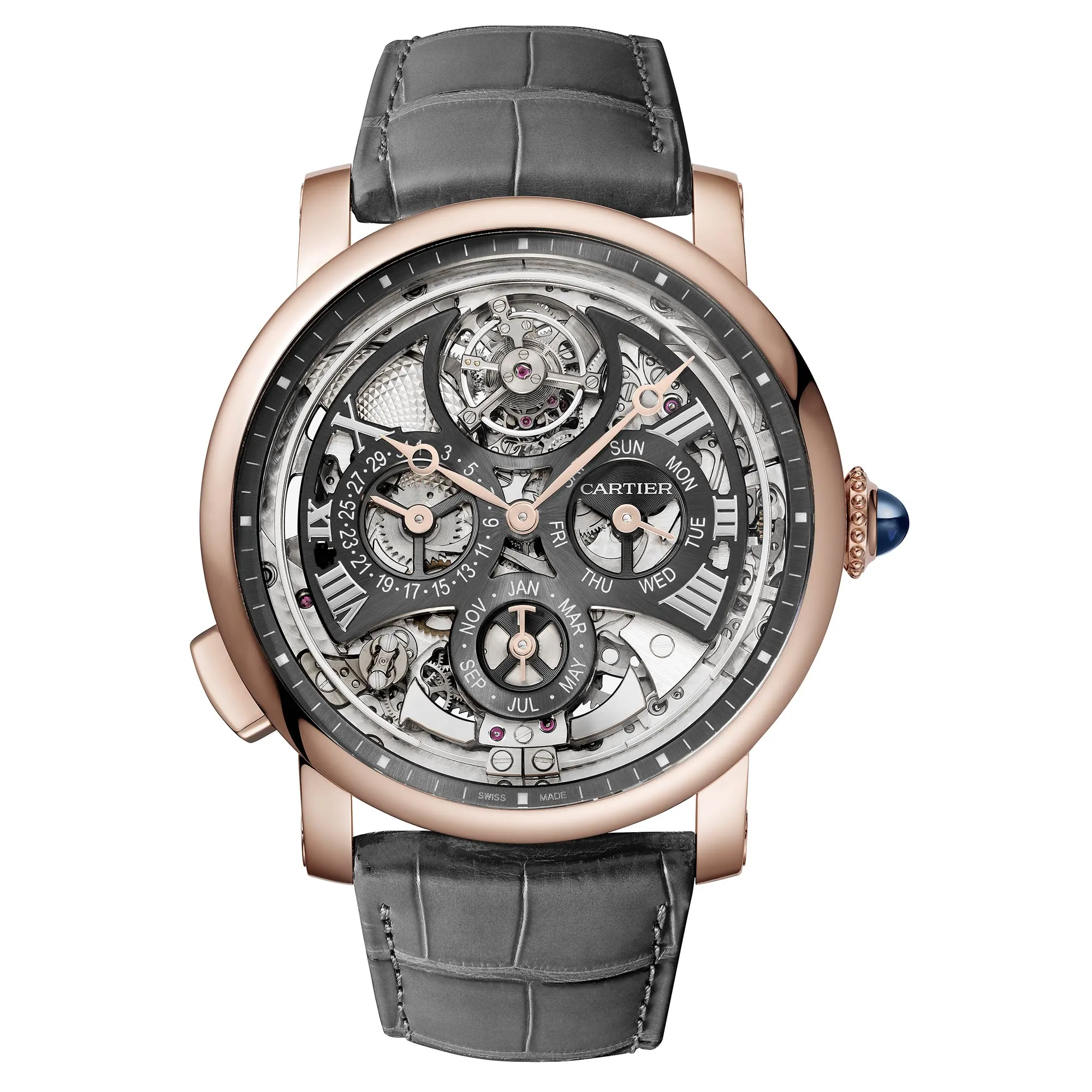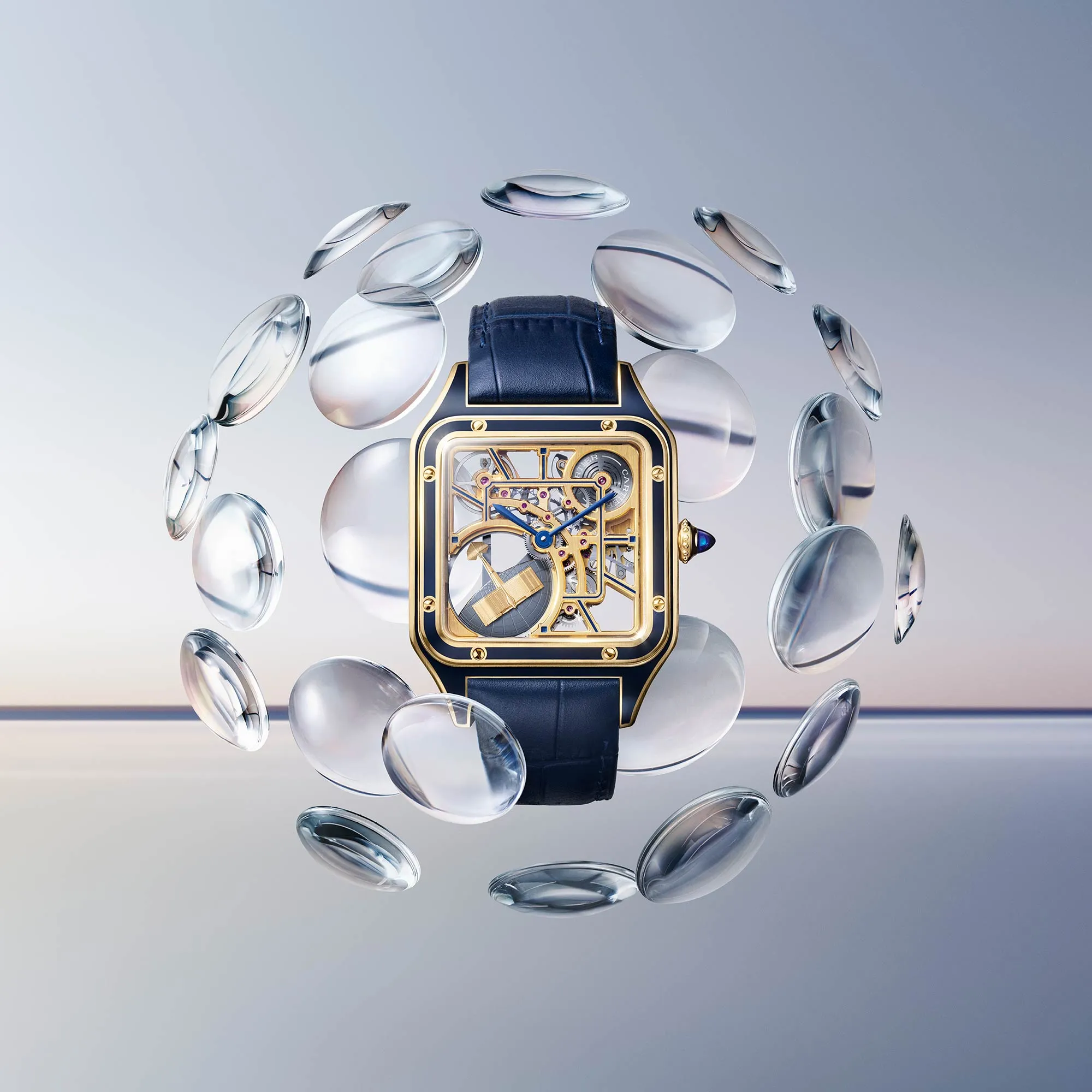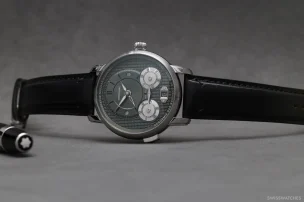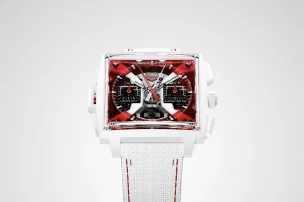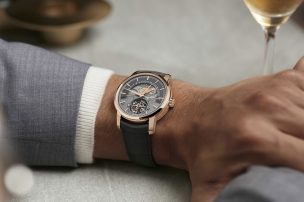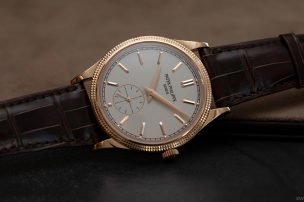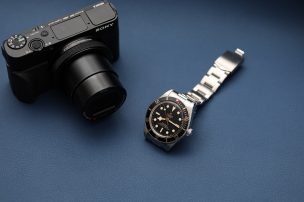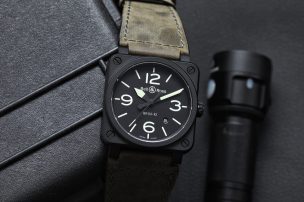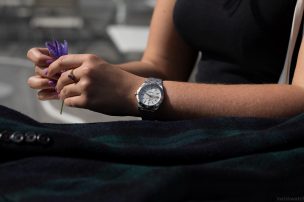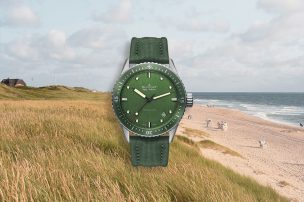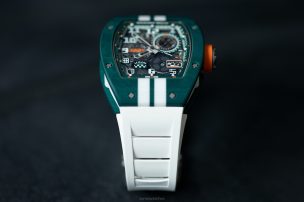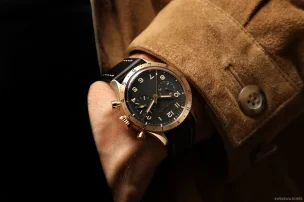

Cartier: The Jeweller to Kings and the Automatic Movement
Quartz is a significant segment for Cartier, the brand founded in Paris in 1847. Exactly how significant remains unknown, as the modern Richemont-owned brand (since 1997) does not officially disclose how many of its watches house a quartz movement versus a mechanical core.
To avoid any misunderstandings: the author of this article appreciates and owns battery- and solar-powered watches just as much as those with mechanical movements. However, the latter is, quite literally, a whole different caliber.
And Cartier masters this craft just as brilliantly as it does the creation of elegant timepieces with quartz movements. That said, Cartier’s philosophy dictates that the technology must adapt to the design – not the other way around. This does not mean the technical aspect is of secondary importance. Quite the opposite.
The latest evidence of this are the two new versions of the Tank Louis Cartier, which for the first time feature an automatic movement: the Manufacture calibre 1899 MC. It offers a power reserve of 38 hours and was introduced in 2019 specifically for slim cases. The designation 1899 MC refers to the year in which the famous Cartier boutique at 13 Rue de la Paix in Paris, which still exists today, was opened.
It’s a wonderful occasion to take a look at this novelty and also at Cartier’s ticking history with automatic winding.
Cartier: From jeweller to watchmaker
Initially established as a pure jeweller and creator of extraordinary pieces of jewellery – still one of the company’s core competencies today – Cartier began producing pocket watches in 1859.
However, it was not until 1898, with the arrival of the third generation of the founding family – brothers Pierre, Jacques and Louis Cartier – that watches became a significant branch of the company’s business.
Above all, it was Louis Cartier who ensured that the company quickly gained prestige in the field of timekeeping. Not only was he a great admirer of the art of watchmaking, but he was also blessed with a keen sense of style and a determination to create true design classics that would stand the test of time.
He turned his attention to wristwatches at an early stage. Initially, these timepieces were embraced exclusively by women; the first known wristwatch dates back to 1806 and belonged to Princess Augusta Amalia of Bavaria. It was not until much later, in the early 20th century, that men began to appreciate the advantages of wearing a timepiece on the wrist – primarily pilots and military personnel at first.
By then, Cartier had already introduced several luxurious wristwatches. This was followed by the Santos (1906), the Tank (1917), and the Pasha (1932) – all of which are now regarded as design icons in the world of watchmaking.
Needless to say, these were equipped with mechanical hand-wound movements. The Oyster Perpetual by Rolex, launched in 1931, is considered the first functional self-winding wristwatch with a unidirectional rotor.
When Cartier Movements Learned to Run Automatically
In 1907, Cartier signed a contract with Edmond Jaeger for the supply of exclusive watch movements. In the early 1920s, they jointly founded the European Watch & Clock Company Inc., which produced exclusively for Cartier.
Cartier later also used movements from other suppliers such as Piaget, Concord Watch Company SA (alarm clock movements), Frederic Piguet, Ebel and ETA.
In 1992, Cartier finally established its own production facility in Villeret-Saint-Imier. However, only battery-powered movements were manufactured there. This was a strategic response to the quartz crisis of the 1970s and 1980s, which threatened to consign mechanical watches to obscurity. Initially, Cartier also focused on producing and selling quartz versions of its iconic models.
As demand for mechanical watches increased once more, the facility was closed and sold in 2000. Today, it is operated by Nivarox-Far, a company belonging to the Swatch group, which manufactures various movement components there.
In 2001, Cartier opened a new manufacture in La-Chaux-de-Fonds, Switzerland, and began developing and producing its own mechanical movements. These were, and still continue to be, perfectly tailored to the brand’s specific requirements.
From 2005 to 2020, Carole Forestier-Kasapi – the ‘Queen of Calibres’ – was head of the development department and was responsible for numerous innovative concepts. It could be said that she was the one who truly transformed Cartier into a genuine manufacturer of complex mechanical watches.
In 2010, Cartier introduced its first in-house automatic movement, the 1904 MC. It featured a twin barrel for increased power reserve and precision, as well as a ceramic ball bearing. It was first used in the Calibre de Cartier but is no longer in use today.
The 1904 Chrono MC
In 2016, the 1904 Chrono MC calibre followed, which Cartier today names as one of its most important current movements. It features twin barrels, a bi-directional winding rotor, and a 47-hour power reserve. Operating at a frequency of four hertz, it offers hours, minutes, small seconds, and a chronograph function.
Measuring 25.58 millimetres in diameter and 5.715 millimetres in height, it employs a column wheel mechanism and an energy-saving friction clutch. Comprising a total of 269 components, it powers the chronographs of the Santos and Pasha collections, among others. The calibre is named after the original Santos watch from 1904.
The 1847 MC
A year before the 1904 Chrono MC, Cartier introduced the 1847 MC in 2015, named after the year the brand was founded. The manufacture describes it as suitable for everyday use, suggesting that while it may not be high-end from a technical standpoint, it is an indispensable all-rounder in terms of proven reliability and versatility.
The movement offers a 40-hour power reserve, featuring hours, minutes, a date display at 3 o’clock, and a central seconds hand. Its operating frequency is four hertz, equivalent to 28,800 vibrations per hour. The 165 components result in a diameter of 25.6 millimetres and a height of 3.765 millimetres.
The 1847 MC calibre features a ball-bearing rotor, a stop-seconds mechanism, an Incabloc shock absorber, a Swiss lever escapement, a flat balance spring, and a Glucydur balance wheel with three spokes.
Introduced in 2015 and originally developed for the Clé de Cartier, it is now used in the Santos and Ballon Bleu collections, among others.
The 1853 MC
Another automatic movement by Cartier is the 1853 MC, named in reference to the year when timepieces first appeared in the company’s catalogues: pocket watches for men and pendant watches, brooches, or chatelaines for women. The 1853 MC is used, for instance, in the 33-millimetre versions of the Ballon Bleu. It offers a 47-hour power reserve.
Cartier’s Automatic Movement Par Excellence
One of the absolute highlights of Cartier’s automatic watch collection is the Rotonde de Cartier Grande Complication Skeleton, also launched in 2015 as a strictly limited edition. It caused a genuine sensation at that year’s Salon International de la Haute Horlogerie (SIHH).
This timepiece combines three complications: a perpetual calendar, a minute repeater, and a flying tourbillon. The development of what was then Cartier’s most complex watch took five years. At the time, its price exceeded 530,000 euros. Producing a single watch required several months.
Thanks to its skeletonised design, the watch’s intricate inner workings – the automatic calibre 9406 MC – are clearly visible. This movement consists of 578 components and has a total height of just 6.72 millimetres (5.49 mm without the tourbillon). Certified with the Poinçon de Genève, it features a two-level micro-rotor that reduces winding speed while limiting energy loss.
With the 9406 MC, Cartier definitively entered the world of haute horlogerie – the pinnacle of fine watchmaking.
In 2020, three new Rotonde de Cartier models were introduced: the Rotonde de Cartier Minute Repeater Mysterious Double Tourbillon, the Rotonde de Cartier Mysterious Hour Skeleton, and the Rotonde de Cartier Grande Complication Skeleton. While the first two versions are powered by manual winding, the third draws its energy from Cartier’s in-house skeletonised automatic calibre 9506 MC. Comprising 578 components and certified with the Poinçon de Genève, it offers a power reserve of 50 hours and operates at a frequency of 3 Hz.
Skeletonisation was also a focus in 2023, when Cartier unveiled its new automatic calibre 9629 MC at Watches & Wonders, after two years of development. Made up of 212 individual parts, this movement was presented for the first time in a Santos Dumont, marking the debut of a skeletonised movement in that model.
The result was an unmistakable tribute to the aviator Alberto Santos-Dumont, for whom Louis Cartier created the first modern wristwatch in 1904.
It features an original micro-rotor, designed as a miniature of the revolutionary Demoiselle aircraft, which Alberto Santos-Dumont himself developed in 1907. The calibre operates at a frequency of 3.5 hertz and offers a power reserve of 44 hours.
